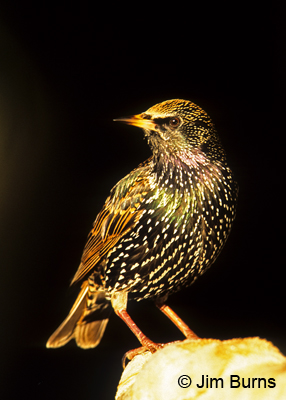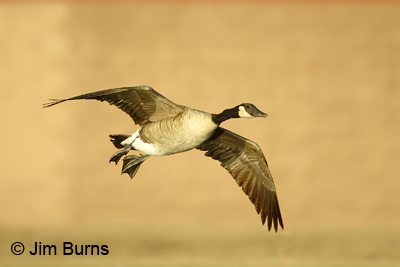
My friend "Sharon"--remember, the one who "hates" birds--mentions this latter issue specifically, and I can totally relate to homeowners who email about the efficacy of pellet guns and plastic owls to deter the neighborhood pigeons, and farmers in the Midwest who use firecrackers and fire hoses to break up winter roosts of blackbirds numbering in the thousands. Individually, trash birds have many of those same characteristics that bring joy and wonder to birders' lives. Collectively . . . not so much.
So, how does a birder convert a hater into an appreciator? Those with no true birding experience need to see awesome variety, rainbow colors, and spectacular behavior. Would you have gotten into birding if you'd only ever really looked at the four urban trash bird families I mentioned in the opening paragraph?
"Sharon" probably spends as much time outdoors as I do, but she's into recreational athletics rather than outdoor activities like hiking or gardening. Rather than seeing birds in their natural environment, she's experienced them only as they've adapted to their newest and relatively recent habitat--cities. The first thing I'd do, if she were interested, would be to give her the wonderful BBC DVD, The Life of Birds, hosted by David Attenborough. And I'd suggest, rather than holding her hostage for all of its fascinating and incredible nine hours, that she peruse it at first, hitting highlights like flight adaptation, food finding, visual social signaling, and courtship.
"Sharon" grew up in Tucson and spends a little time in San Diego in the summers. I'd have her walk around Tucson's Sweetwater ponds, and whenever she's in SoCal I'd suggest a drive around Mission Bay and a stop along the sea cliffs in La Jolla. This would acquaint her with southwestern songbirds and west coast seabirds. Then I'd recommend a late summer road trip to Ramsey Canyon outside of Sierra Vista in southern Arizona for hummingbirds. I'd guess hummingbirds have hooked more people on birding than all the other avian families put together.
If your bird hater doesn't travel, hook them up with a cool website like the one Cornell maintains which explains the how and why of birds or, for a little more specific species information, give them an online subscription to Birds of North America. There's also a website out there with lots of pretty pictures and cool lifestyle shots. I think the address is www.jimburnsphotos.com.
I don't know whether "Sharon" is reading this one or not, but I hope all the haters out there get to see an individual European Starling in sunshaft or a Canada Goose in flight in early morning light. Sooo not just trash birds when seen like that.